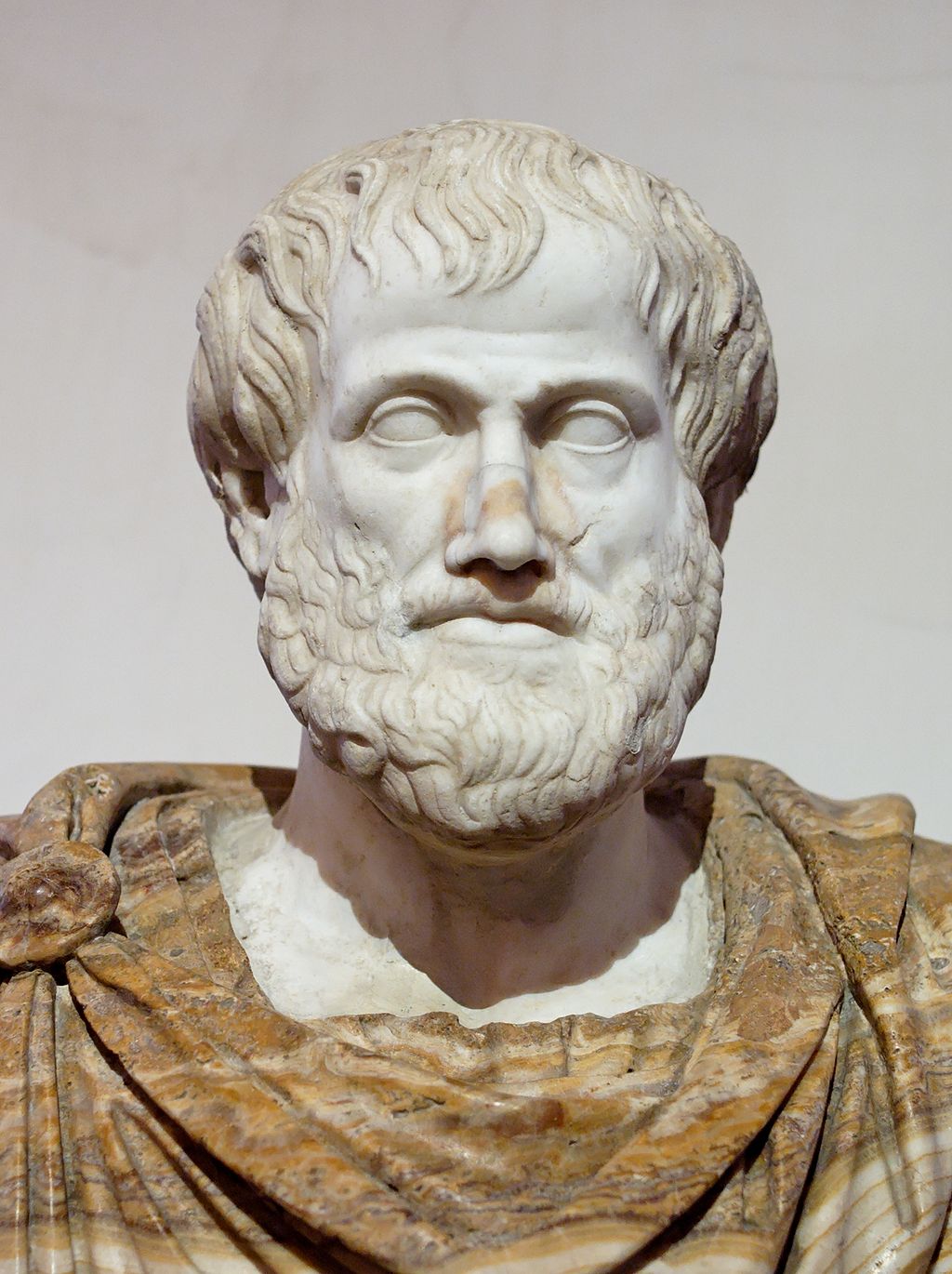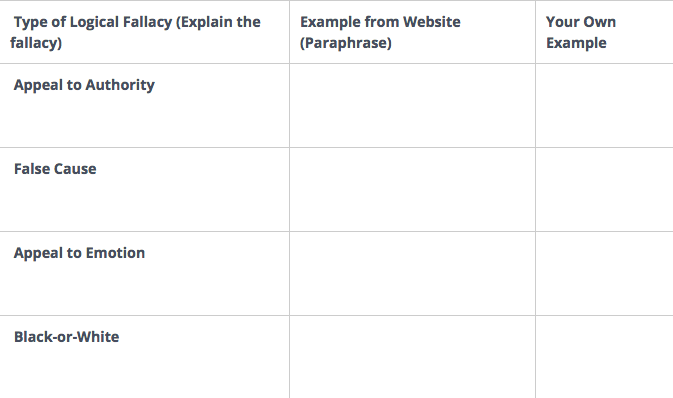Logos, Pathos, Ethos

Aristotle
"Over two thousand years ago, a famous Greek teacher, scientist, and rhetorician, Aristotle, taught his students that there were three basic ways of convincing your audience of something—or at least getting your audience to listen to what you have to say. We still use these concepts today. You will often hear ethos, pathos, and logos referred to as the three modes of persuasion." For more info on these modes of expression, visit HERE.
2017. Excelsior College Online Writing Lab (OWL). This site is licensed under a Creative Commons Attribution-4.0 International License
Example: Thoreau and "Civil Disobedience"
“All machines have their friction; and possibly this does enough good to counterbalance the evil. At any rate, it is a great evil to make a stir about it. But when the friction comes to have its machine, and oppression and robbery are organized, I say, let us not have such a machine any longer. In other words, when a sixth of the population of a nation which has undertaken to be the refuge of liberty are slaves, and a whole country is unjustly overrun and conquered by a foreign army, and subjected to military law, I think that it is not too soon for honest men to rebel and revolutionize. What makes this duty the more urgent is the fact that the country so overrun is not our own, but ours is the invading army.”
This work is licensed under a Creative Commons Attribution-ShareAlike 3.0 United States License.
As a class identify which of the three modes of persuasion Thoreau uses.
Practice: Dr. King's "I Have a Dream"Speech
Usage http://creativecommons.org/licenses/publicdomain/

Identify modes of persuasion used.
Review Logical Fallacies
Complete the chart below:

Logical Fallacies Practice
"Logical Fallacies Student Exploration Chart"2016 by userStephanie Sommers
under license"Creative Commons Attribution-Noncommercial 4.0"